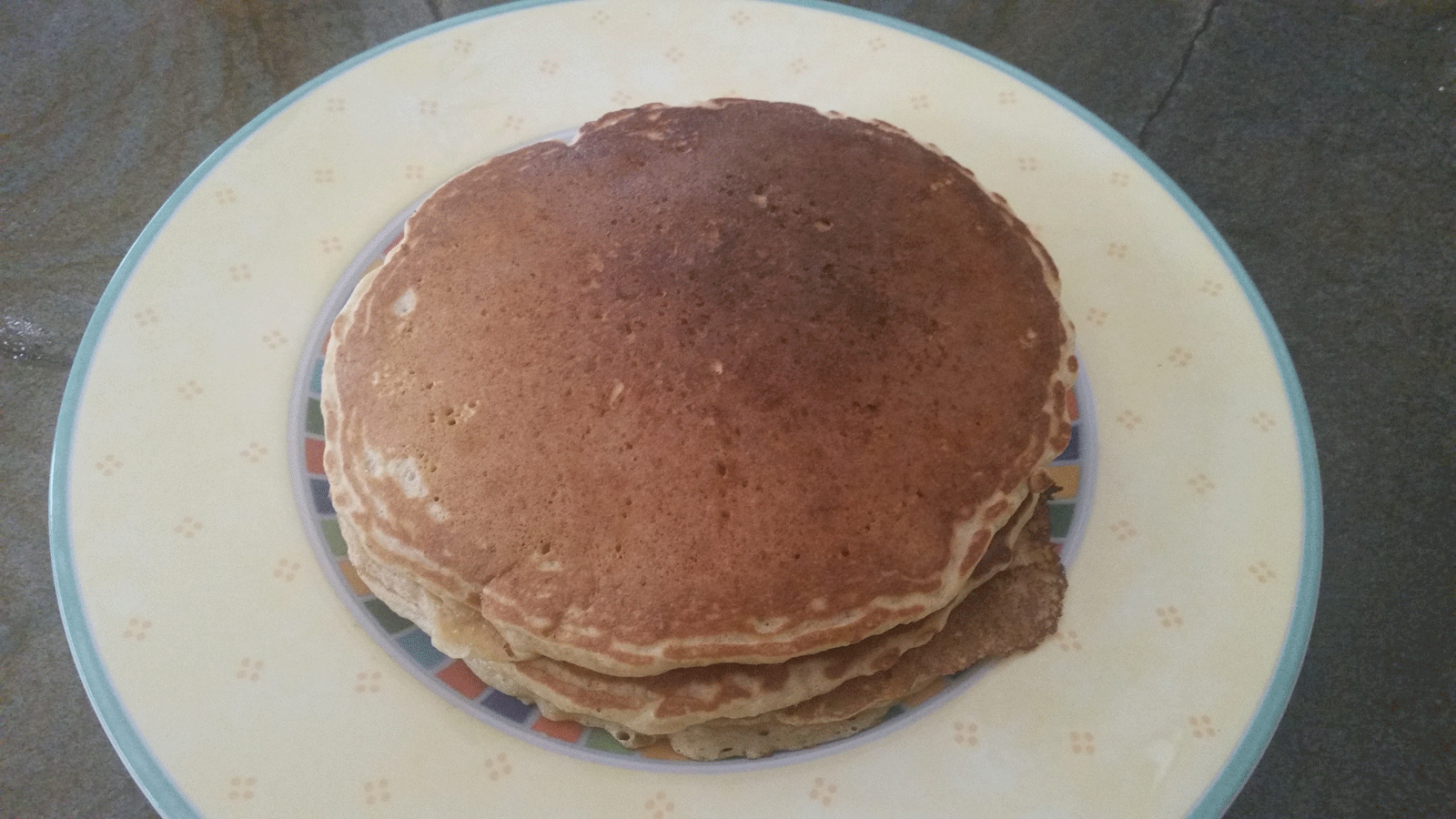
A couple of weeks ago I went up to LA to pick up some flour. While I was there I decided to stop at Grist & Toll, the country's only urban flour mill and one that specializes exclusively in stone-ground landrace, heirloom and heritage grains.
I spent over an hour there speaking with Nan Kohler, Grist & Toll's co-founder and guiding force. Nan is a dedicated hobby baker whose passion for authentically farm-to-table breads motivated her to launch the mill.
The facility's centerpiece is a gorgeous wood-sheathed Osttiroler stone mill that stands at least ten feet tall and grinds whole grains -- not just several varieties of wheat and rye, but emmer, khorasan (kamut), einkorn, polenta, spelt, etc. etc. so fine that the bran is hardly visible.
I came home with four kinds of flour: a hard white spring wheat called Star; two hard red spring wheats: Red Fife and Triple IV; and a soft white California landrace variety called Sonora.
Naturally, I had to try them out, and so I did. My first bread was a sourdough batard made with 50% each of Star and Red Fife and hydrated at 75%, since freshly milled flours are thirstier than commercial varieties. I hand-mixed the dough, which was interesting because the gluten formation felt different from doughs I mix using commercial flours -- softer and less even. After four stretch-and-folds at 30 minute intervals, I let the dough sit for another three hours, then benched them and proofed them en couche for about 90 minutes. I baked at 500 with steam for 10 minutes, then reduced the temperature to 425 and baked to an internal temperature of about 195F, another 20-25 minutes.
The bread had a beautiful coffee brown color, a tighter crumb than I expected, although still open and very tender, and a lovely bright sour underlain with sweet-nutty flavor notes. Definitely a winner.

My second bread was a pair of boules using a poolish and consisting of 50% each of Triple IV and Sonora. The Sonora is a light flour, but combined with the stronger Triple IV at 80% hydration, it produced a soft, elastic and very workable dough. My bulk fermentation time was about an hour, and I proofed the loaves seam-side up in bannetons for another 45 minutes, then baked with steam at 500F for 10 minutes and at 425 for another 30 minutes. As I expected, the complexity of the flours' flavor profiles came out more clearly with the poolish leaven than in the sourdough loaves; what did surprise me was the delicate sour notes in the boules. Also a bread I'll be making again.
Finally, that Sunday morning, I made pancakes using the Sonora flour in place of my usual pastry flour and man, what a difference. The pancakes weren't quite as fluffy as the commercial flour variety, but the flavor was incredible -- mild, sweet, nutty, fragrant -- and the color was this beautiful light pumpkin orange, not unlike TFL's background color, but much softer.

I'll have a lot more to say about Grist & Toll flours ... they're really special!
Stan Ginsberg
www.nybakers.com
theryebaker.com
So glad you discovered this special place and made excellent use of some of their many fine products. Your breads look wonderful!
wheat introduced to North American Southwest by the Spanish Catholic monks in the late 1500's and early 1600's. It makes the best flour tortillas and a great addition to any pizza dough to bring out the extensibilty as opposed to the elasticity required. It is a really old heirloom grain that never went out of favor here in the southwest, Northern Mexico and with the Native American tribes in the area. My favorite AP flour is LaFama from Mexico and it has a portion of Sonora White in it. Ramoma Farms on the Tohono O'oldham Indian reservation outside Phoenix also grows a variate of Sonora White called Pima Club named after the near by Pima Indians who grew it along the Pima River.
All make fine biscuits, pancakes, tortillas and breads with a slight yellow color and excellent flavor quite unlike other white flours. Glad to see another convert. Your bread looks wonderful as usual Stan
Happy baking